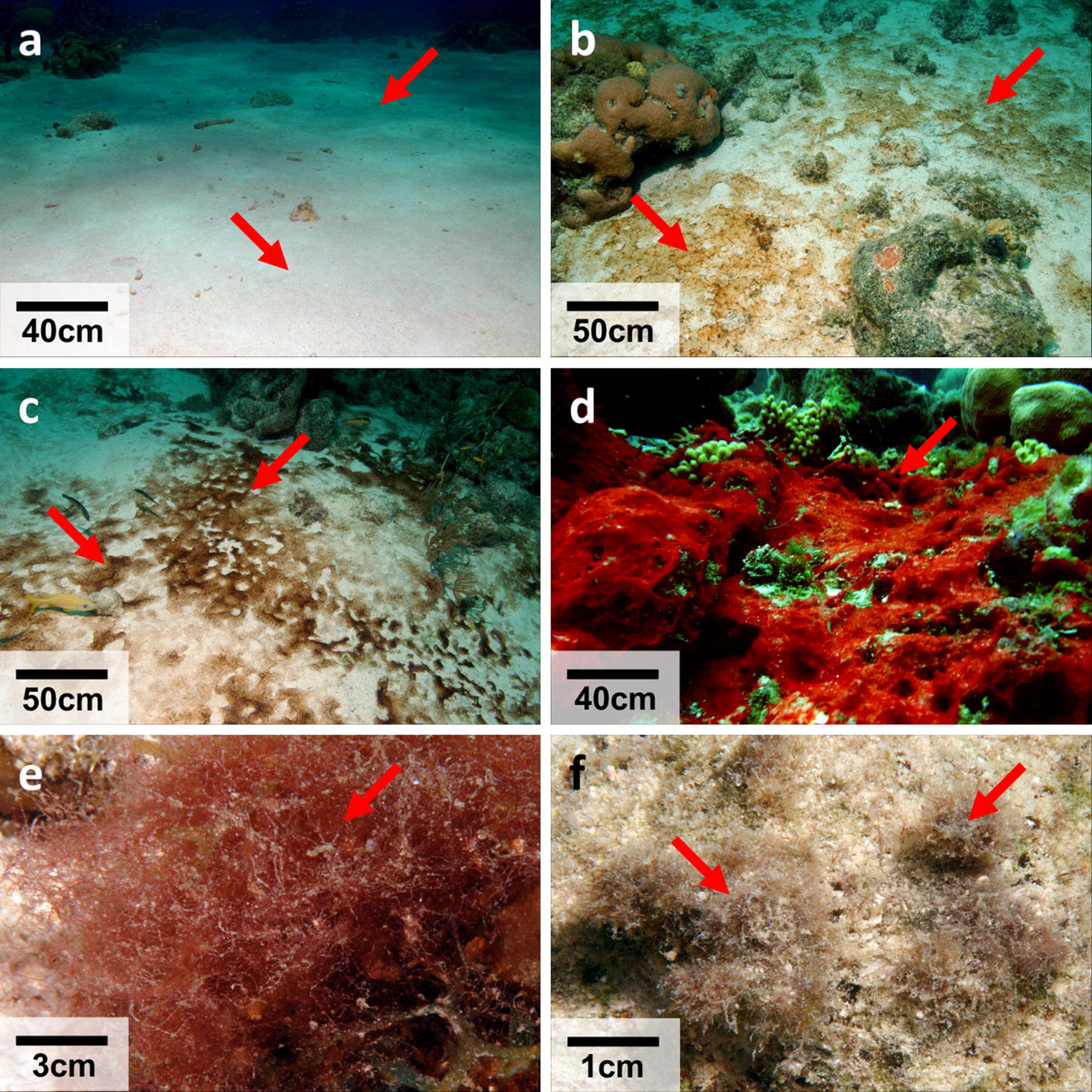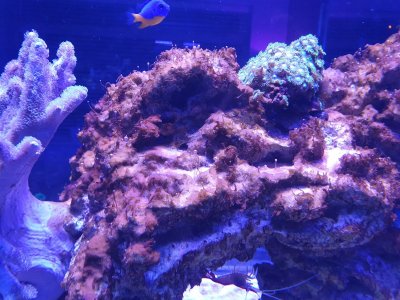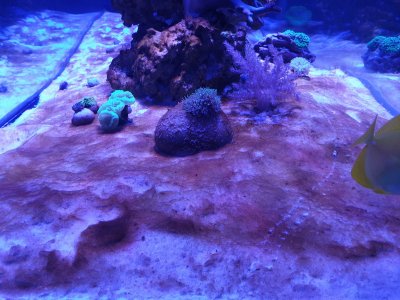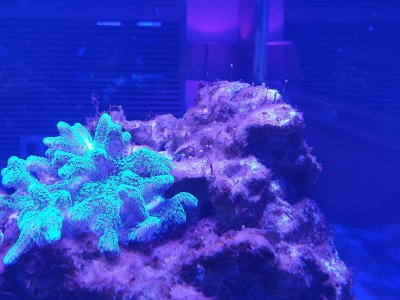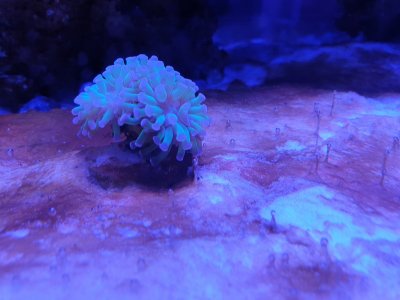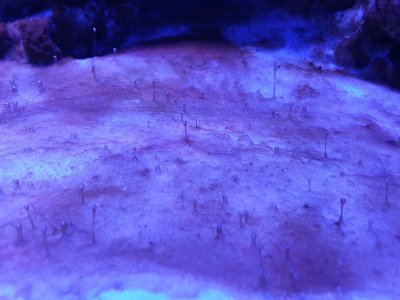- Joined
- Mar 3, 2020
- Messages
- 606
- Reaction score
- 244
Cyano Is usually red looking isnt it? And Dino is brown snot with bubbles. Mine looks like brown snot with lots of bubbles. Also Cyano, correct me if I'm wrong, usually appears as a result of elevated phosphate and nitrate and general poor maintenance? My levels are low/zero so I believe its Dinos....This is another sign of cyano rather than Dino’s.
If you decide to dose nitrate you can dose sodium nitrate or potassium nitrate.
Here is a good dosing calculator





